
Screen Protectors: Everything you need to know explained
What are Screen Protectors
Screen Protectors- Everything you need to know: In simple words, a Screen Protector is a thin film of plastic that can be used to protect the outer glass of any touch-enabled device. If you’re one of those nerds who wants to know the definition, here’s it from Wikipedia.
“A Screen Protector is an additional sheet of material which commonly is a polyurethane that can be attached to the screen of an electronic device and protect it against physical damage."- Wikipedia
The Idea behind Screen Protectors
If we jump back to the past, the first screen protector was designed and patented by Herbert Schlegel in 1968 for use on Television screens. After that, as we moved into the era of Smartphones there were Personal Digital Input Assistants which allowed us to input onto the screen. It was called Stylus. Often it used to happen that the tip of the stylus could scratch the sensitive screen surface which could lead to damage. Since then, this leads to the idea of screen protectors which are widely used even today. Best Screen Protectors!
Types of Screen Protectors
The types of Screen Protectors are mainly divided on the basis of the material used which are as follows:
- Plastic Material
- PET (Polyethylene Terephthalate)
- TPU (Thermoplastic Polyurethane)
- Tempered Glass
PET stands for Polyethylene Terephthalate. They consist of polyester film with a scratch resistant matte coating on one side and a silicone adhesive on the other. On the Mohs level of hardness, they fall on 2 or 3 with the decent ones. They are very cheap.
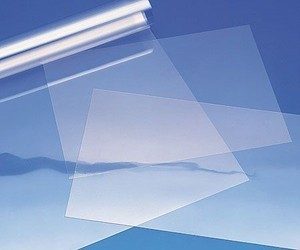
TPU stands for Thermoplastic Polyurethane. This is a chemically enhanced plastic whose properties include RESISTANCE to scratches, elasticity, oil and grease and more toughness. This material has limited self-healing abilities which give it an edge to absorb light non-extreme impacts and light scratches. It usually falls on the same level of hardness on Mohs Scale like PET. But these TPU Screen guards are very rare to find.
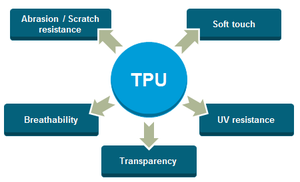
Tempered Glass
Tempered Glass is also referred to as TG. A decent Tempered Glass is usually multi-layered, usually, silicon at the bottom, followed by PET Film. An adhesive between them and the glass with oleophobic coating. They are usually greater than 0.45mm or even thicker. They aren’t cheap, unlike a PET, TPU. 8-9H Tempered Glass re good to go. But they are life savers especially if you boast a flagship. At the time of fatal fall, they take the whole damage and break/shatter into tiny pieces thereby saving your phone’s display as well as your pocket.
5 Best Console Games for Android and iOS
Not only on the basis of material but even on the various finishes available, the screen protectors are classified such as Matte Screen Protector or a Glossy Screen Protector. Don’t worry by the end you would know which Screen Protector should you opt for:
Which Screen Protector should you choose?
- Choose Tempered Glass if you:
- Don’t mind the Extra Cost.
- Comfortable with the Extra Bulk
- Want to protect your phone's display from drops. (Luck)
- Want to attract fewer smudges, fingerprint, unlike Plastic ones.
- Fine to sacrifice compatibility for few cases.
- Choose Plastic Screen Protectors if you:
- Want some basic level of protection.
- Minimal Bulk.
- Don’t want to sacrifice compatibility for cases.
- Don’t mind changing them periodically as they get old.
- Can tolerate the heavy fingerprints/smudges at times.
- Choose Matte Screen Protector if you:
- Stay outdoors regularly than Indoors.
- Can’t clean the display every time.
- Prefer readability, sacrificing image quality.
- Choose Glossy Screen Protector if you:
- Stay Indoors regularly than Outdoors.
- Clicks more pictures, consume Multimedia Content
- Prefer image quality over outdoor use (readability).
Advantages of Screen Protectors
- Better add-on protection to your Phone’s Display.
- A cheap and effective way to apply thereby, protecting from accidental heavy scratches.
- An increase in durability for drops (Tempered Glass)
- Prevent smudges, abuse on the main glass. (If no Oleophobic coating)
Disadvantages of Screen Protectors:
- Increased thickness.
- Less Touch response (On Poor Quality Screen Protectors)
- No, withstand to smudges, fingerprints if no Oleophobic coating. (Tempered Glass)
Do you really need a Screen Protector?
To understand this, you should understand the basics of Science. You might be familiar with Mohs Scale of Hardness. If you aren’t, let me explain it to you.
Mohs Scale of Hardness
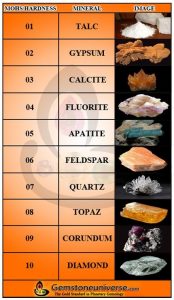
Mohs Scale of Hardness is a qualitative ordinal scale characterizing scratch resistance of various minerals through the ability of a harder material to scratch a softer material. It is named after the scientist Friedrich Mohs who invented this scale of hardness based on the ability of one material to scratch another material. The scale goes on from 1 to 10. 1 is Talc while 10 is Diamond. A typical Gorilla Glass on your smartphone won’t scratch until it comes in contact with a Level 6 Hardness on Mohs Scale. Sapphire is at a level 8/9. Now you might ask me that Gorilla Glass is on Level 6 so why should we use?
If you are one of those who stay near the beach or the construction sites, there are chances that you might end up scathing your Gorilla Glass. Sand contains Quartz which is a Level 7. As a result, when you go on a beach or construction site quartz might come in contact which may scratch your phone. Ideally, keys and coins won’t do any damage on your phone as they fall on Level 2/3 on the Mohs Scale. The only culprit is Quartz.
Now, Screen protectors aren’t very essential. But I would recommend using at least a PET to protect from the scratches on the beach. Anyways Prevention is Better than Cure! And Smartphones are the most abused pieces of Technology on this planet (says JerryRigEverything)

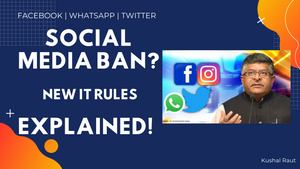
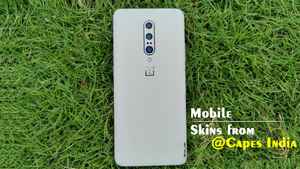

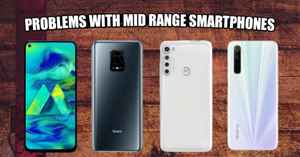

Comments